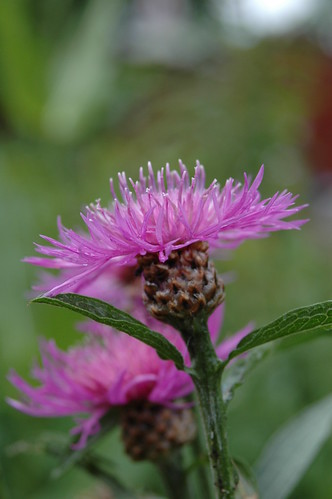VEG
Queen Bee
- Joined
- Nov 10, 2008
- Messages
- 6,822
- Reaction score
- 6
- Location
- Maesteg South Wales
- Hive Type
- National
- Number of Hives
- 15+-some
LMAO
laughing my a** off
laughing my a** off












I've just identified a plant that the bees LOVE in my garden!
Escallonia macrantha.
Also does anyone know if bees like butterfly bush buddleia davidii??

Pocket Pollen Colour Guide (c) Stephen Hardy
email: [email protected] (only contact details on the guide)
Less than A5 folds in half (double sided), lists all forage plants with a colour match sample for the pollen, listed in rough seasonal order from spring through to autumn.
It's great - assuming the colours are right of course! A snip at about 75p from memory (picked it up at a bee open day at RHS Harlow Carr run by Harrogate & District BKA)
Enter your email address to join: